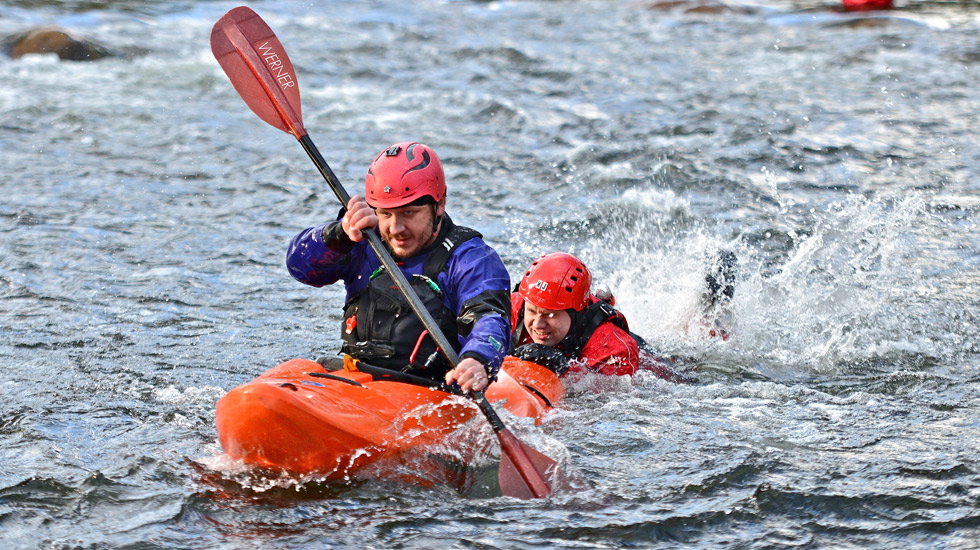Always wear an approved personal flotation device (PFD) – a lifejacket!
PFDs for young children should have a strap that goes under and between their legs to prevent them from slipping out of it, and are designed to roll them over on their back to maintain an airway.
Consume alcohol responsibly.
Alcohol is a significant contributor to boating-related accidents and drownings. Drinking and boating impacts can range from sunburns and dehydration to dangerous behavior and fatalities. Act responsibly when on the river. Pack it in – Pack it out.
Do not paddle in high/flood water without the proper training, equipment, and experience.
Novice and inexperienced paddlers should avoid putting in during times of flooding or periods of high runoff. Recreational paddlers with little to no whitewater experience and equipment may have just enough skill to get themselves in real trouble.
Avoid low head dams.
The hydraulics that form at the base of dams kill people each year. Look for warning signs and take off well upstream of all dams, even “small ones” that “don’t look too bad.”
Avoid strainers.
Strainers are formed by trees, rocks, or structures in the river that allow water to flow through them but collect boats, people, and other floating debris. Boats or people that are swept into a strainer can be hung up or pushed against the strainer and held by the current, creating a very dangerous situation.
Keep your feet up! Do not stand up in the current.
Feet or legs may get caught on logs or between rocks in the current, and the force of the water causes the individual to be held underwater. Even in shallow water, a foot entrapment can result in a person becoming too fatigued to hold their head out of water.
When caught in the current, swimmers should roll over onto their back, lie flat, and keep their “nose and toes” out of the water, swimming feet first until it is calm enough to swim for shore, or where it is less than knee deep.
For more information check out: www.americanwhitewater.org/content/Wiki/safety:start

